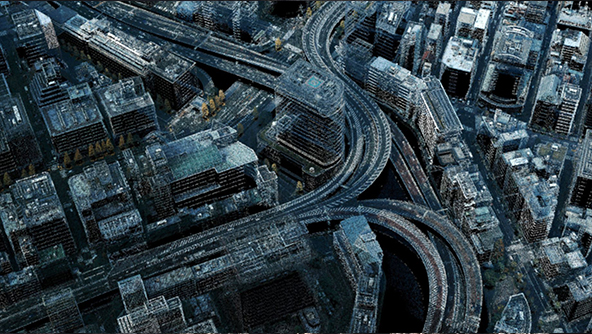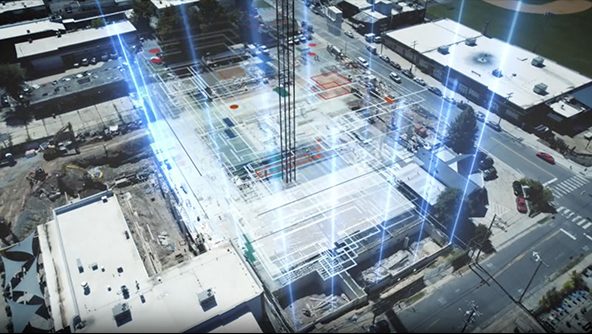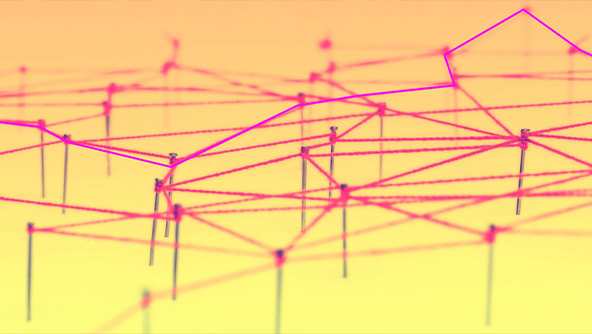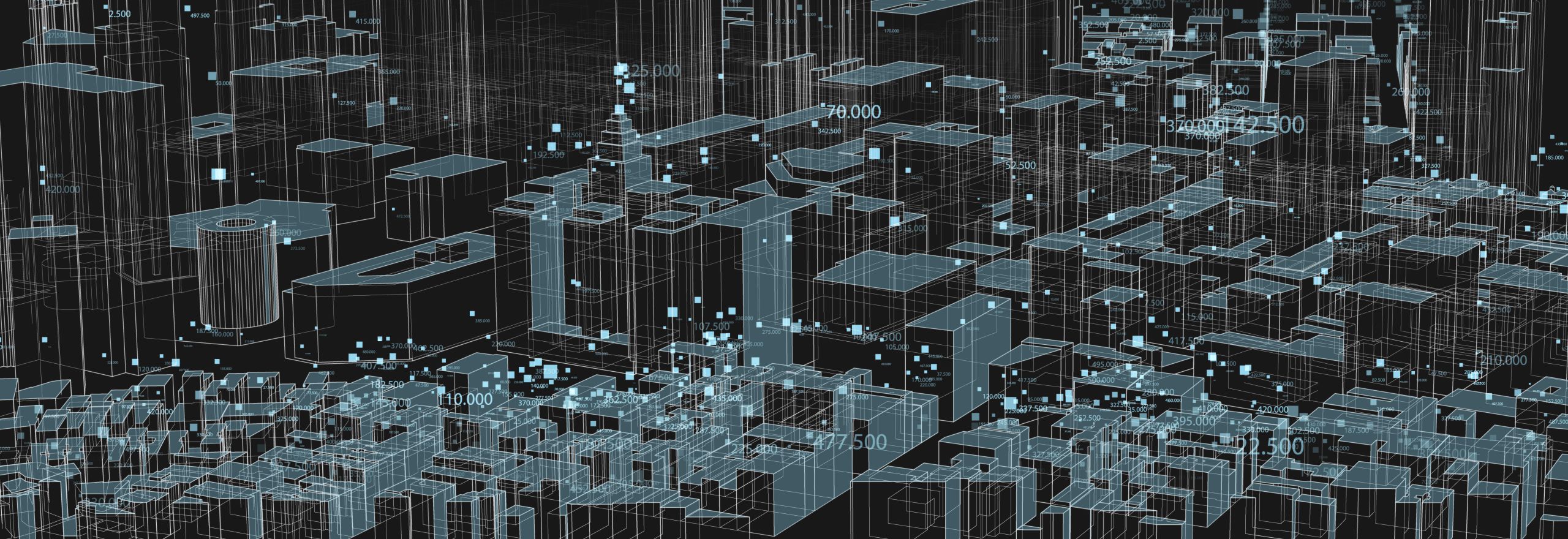
What is Point Cloud?
At the heart of Hexagon's Digital Reality solutions.
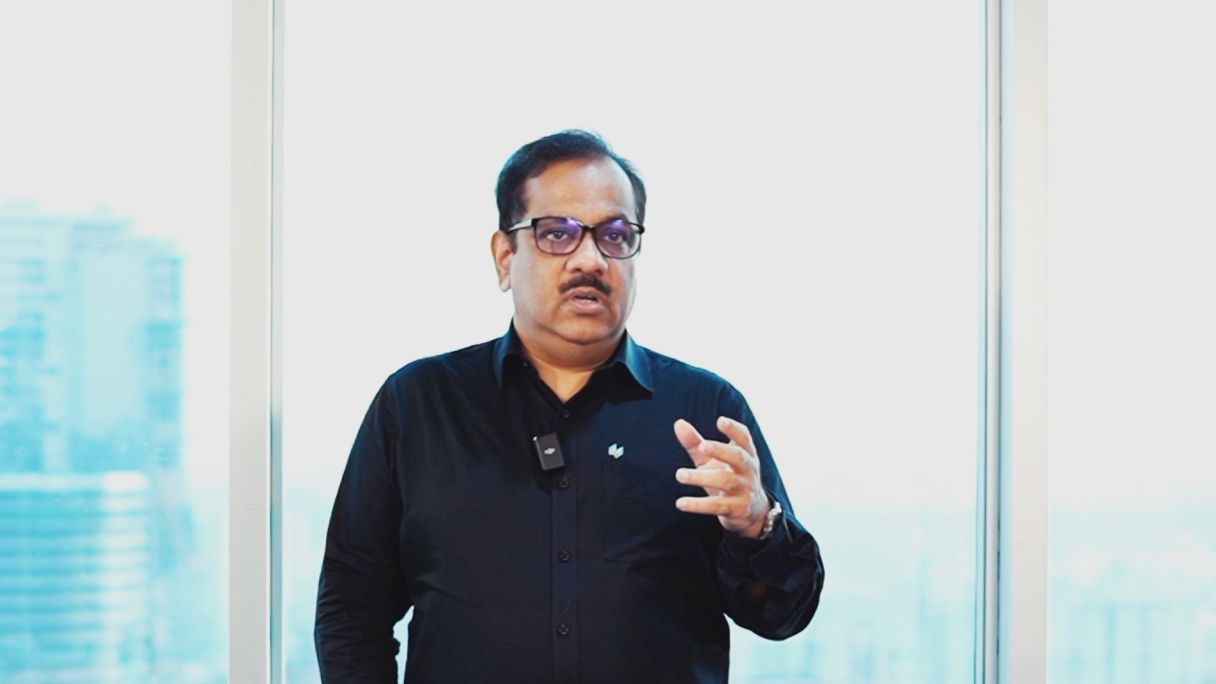
Point cloud is a simple concept. It is a set of points with their three coordinates x, y, z and from a reference point. So, if you have a lot of points depicted like this that is what we call point cloud. But just to explain it further why we need so many details for a point…let us assume you had a cube somewhere and you do know in advance that it is a cube and if you are able to define all its eight vertices, eight corners then somebody can recreate the cube in the digital world just with these eight data points. Now let us make life slightly more complex. Let us say it is not a cube, it is a complex shape. Then will it be possible to just take few vertices and recreate in digital world? No, you will need to scan a lot of points and for each of these points you would like all the three coordinates available. And once you have those three points available and their x, y, z coordinates available you then try to create a mesh out of this, a surface which will touch all these points and that is what is the beauty of that you have taken a point data which was in a cloud format in the sense that there were many points closer to each other. And then you have converted this into a mesh and now you have some intelligent information which you can deploy in the digital world. Then slowly it starts becoming more interesting as we take it forward but that is basically what point cloud is to understand a 3D shape using a lot of points with x, y, z coordinates.
A point cloud is used to understand a 3D shape using a lot of points with x, y, z coordinates.
So now let us assume you scanned an object and for scanning you will have to do something a) you cannot be very slow and b) you must be precise only then a real object will emerge in digital world. Second you will also have to give it color. Frankly speaking just giving x, y, z coordinates you will be bored, and you will not be able to differentiate things. For example, if you are scanning a city or a street let us say street with a house with one or two trees with lamposts and with road would you not like that lamposts are of different color than the house than the trees and then the road. So, you start associating RGB the color coding with each point and with this you start creating a more realistic interpretation of the real world into digital. The second layer happens is classification. You have identified these things but certainly probably you want to see how it plays look if it was instead of a one lane if there were two lanes to it. So, you want all the lamposts gone like “poof” how will that happen you will have to deploy some kind of classification mechanism and classification you can choose non-AI or AI but either of these ways you should have a way to identify what is a tree what is a roof what is a window what is a door what is a street and what are the lamposts. So, these things add subsequent intelligence to it and the moment you start doing this then each of them is digitally separate entities and you can move them around play them around and create a real world which is a replica of exactly the tangible world into digital space.
A point cloud associates x, y, z coordinates along with colors to create a realistic interpretation
of the real world in the digital world.
The real world has many laws of physics which applies to it. For example, gravity. All of us continuously experience it with friction when experience it. So, there are many forces many physical things that will be applicable to these scenarios. If you have created a real digital twin where you have put the objects, now imagine putting the physics also into the system that means now if something is falling you can simulate how the actual fall will be because you have gravity into the picture you have wind into the picture. You can sometimes simulate a lot of things on a large city scale. So, what if the wind was blowing through a green garden and then it hit the concrete buildings how the temperature cooling will be happening because of this effect. So, you can simulate these things because you have created a real digital twin with all the exact parameters and not only that but added physics laws to it as well. So, this is one way of understanding the intelligence.
Are there any limits to Point Cloud tech?While we were at school, we realized that light is the fastest and that it has a crazy speed of 300 million meters per second or something, but you never realize that something would be a limiting factor based on that. But here when you are using your laser scanners and let us assume your laser is a single pulse laser then this is indeed a limitation on how many points you can capture per second. Say if the distance is 150 meters what you want to scan that means light will take around you know 150 meter to go 150 meter to come back so you realize that you cannot capture more than 1 million point per second because that is the limit of light speed itself. So, this is a very intriguing data if you look at it. So, this is one thing which I found very different from the usual things that we do and that somehow stuck to my head.
What is the big opportunity with Point Cloud?I would like to give examples from the real world you know which will help. We all know urbanization that is happening across the globe that people are moving from the rural areas to more and more cities. Cities are becoming larger, and cities are facing problems because of that. And what you need to do is that you need to have a replica not only of a house or of a building but of whole city sometimes to solve the larger problems. And these are the things, and I am not only talking about infrastructure I am not talking about laying down underground pipes or tubes or electricity supply or gas lines. That certainly you can help a lot by creating industrial twin but also something which, where the pain is felt every day like traffic. And just imagine if you had not only mapped one street but the whole city and that we have done in many places. In places with partners, we have mapped the whole country at times.
Investments into Point Clouds pay for themselves.
And when you have the map of the whole country and let us assume we are updating this digital twin every six months. So, what happens is if city planners must take any decision as to what new roads that they want what new infrastructure that they would like to introduce what is the density of parks in certain area. All these things are at your fingertips now. You want to simulate a traffic scenario at 5 p.m. on a working day or at 5 p.m. on weekends. All of these you can do very cleverly very easily on these large digital twins that is available. And that is what is absolutely needed for the world because and I believe that these investments will pay themselves back because once a city or suburban area starts becoming more livable the rentals the prices etc. go up. So, government can make those monies back if they start investing in digital twin of cities and places and start taking decisions based on that.
This is Hexagon’s Intelligence of Things. Read more about Point Clouds.